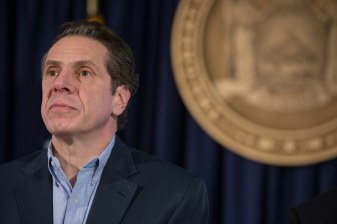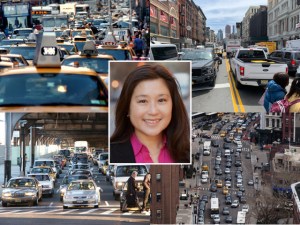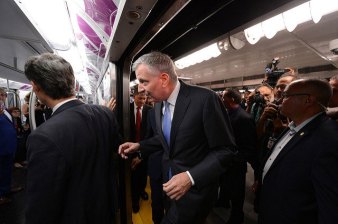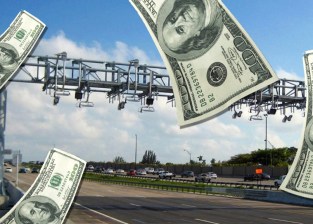Straw Men: The Fight Over Congestion Pricing Comes Down to Just 5,200 NYC Drivers
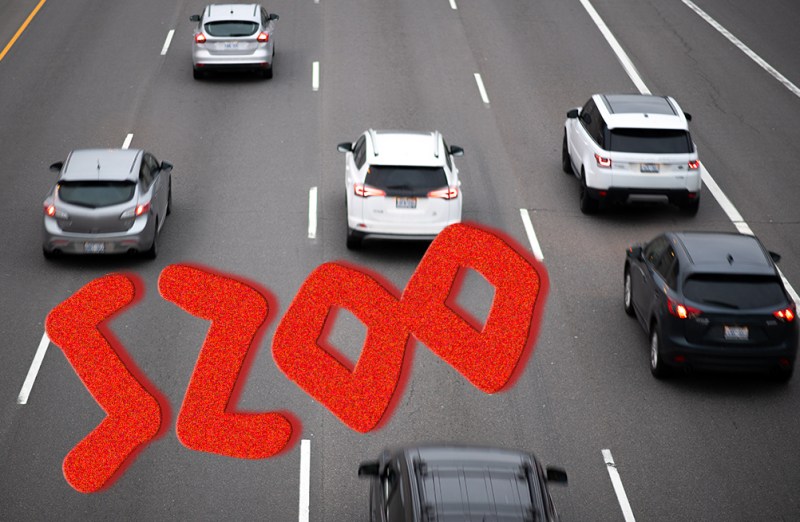
The decade-plus fight over congestion pricing — which has set up battle lines across the region, across political parties, across class and racial lines and between neighbors — is a war being waged on behalf of just 5,200 New Yorkers.
Buried on page 81 of Appendix 18A in the final environmental assessment for congestion pricing is an astounding statistic that shows just how few New York City residents commute by car to the tolling zone of Manhattan from homes that are more than one-half mile from high-speed public transit.
It’s just 5,200 city residents, a smaller number than the average number of people who go watch the woebegone 2023 Oakland A’s.
To derive that number, first the MTA offered a rebuke to virtually everyone who claims to live in a “transit desert”:
“All areas of New York City, other than Breezy Point, Queens, are within 1/2 mile of transit services,” the agency wrote.
But not all “transit services” are created equal, so the MTA drilled down some more:
- Roughly 440,000 people (or about 5.2 percent of the city population) live more than 1/2 mile from fast public transportation such as commuter rail, subway, or express or select bus service.
- Of those, 33,900 (or about 7.7 percent of that figure, but only about 0.4 percent of the city) commute to the Manhattan CBD.
- And only 5,200 of these people commute to the Manhattan CBD travel by car.
In other words, only 1.2 percent of the people who live slightly far from high-speed transit — just 0.06 percent of city residents — commute into the congestion zone by car.
In other other words, roughly 85 percent of New Yorkers who live more than half a mile from a fast transit still use transit to commute into and out of the congestion zone — a stark reminder that congestion pricing opponents are fighting for a sliver of a speck of the city’s population … and, indeed, are asking the 85 percent to reject congestion pricing even though it doesn’t impose a fee on them and promises to improve transit through funding and reduced congestion.
The new numbers are a blow to the narrative that local congestion pricing opponents and skeptics tell when they explain why they don’t like the toll. Whether it’s active opponents like David Weprin, or more subtle critics like Adrienne Adams, some say their opposition to congestion pricing is on behalf of constituents who live in transit deserts and have no choice but to drive to Manhattan — even though the vast majority of people who live in actual transit deserts, use transit to get to Manhattan.
And for the others? Congestion pricing benefits them, too: For the 5,200 drivers, their trips will be faster when the toll eliminates over 100,000 car trips to the central business district; for their 28,700 neighbors who live more than half a mile from a fast transit option but still take transit, congestion pricing will provide money for transit upgrades while also reducing congestion that blocks their bus.
Weprin did not respond to a request for comment on whether he now stands by his comments that congestion pricing would unfairly impact residents in his district. Council Members Joann Ariola, and Ari Kagan, who opposes congestion pricing and recently said it “will create huge lines of parked cars right outside of Manhattan,” also did not respond to requests for comment on the statistic.
Congestion Pricing will hurt countless New Yorkers, small businesses, residents of so-called outer-boroughs & will create huge lines of parked cars right outside of Manhattan. The best way to attract more ppl to subway is to make it safer, cleaner & provide a reliable service.1/2 pic.twitter.com/zEmyxAEb5z
— Council Member Ari Kagan (@CMAriKagan47) May 11, 2023
The fact remains: driving into Manhattan really is the provenance of an elite few. For instance, one piece of the assessment showed that the census tract where the largest number car commuters drive to in lower Manhattan was a slice of the borough south of Canal Street where just under 7,000 workers, who are mostly law enforcement, drive to work.
And the even the MTA’s decision to offer a toll discount to low-income drivers who frequent lower Manhattan with their cars will benefit at most 16,100 drivers in the entire 28-county region stretching from New England to southern New Jersey.
All of the above shows just how much congestion pricing can do for the vast majority of New Yorkers, and even people in the larger region, that depend on a working mass transit system.
“This shows exactly why, when paired with the exemption for disabled people and the discount program for low-income people, this policy has the potential to be utterly transformational for our city,” said Felicia Park-Rogers, the director of regional infrastructure projects at the Tri-State Transportation Campaign. “Discouraging discretionary trips and improving transit so that it is a more competitive option for travel is the ‘raison d’etre’ of the central business tolling program.”
“This program will make the overwhelming majority of people who have viable transit options think twice before hopping in a car. London’s central district, 20 years after congestion pricing was implemented, experienced a more than 400% in bicycle commuting in 2022 alone. The possibilities for transforming how New Yorkers move around our city are endless.”
